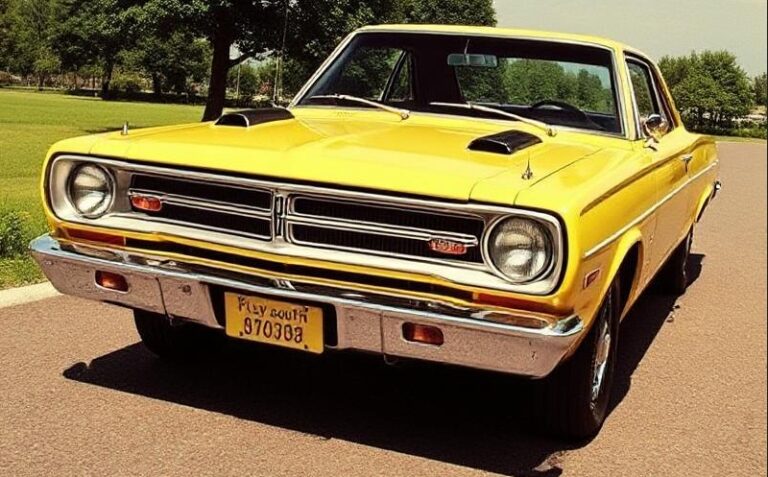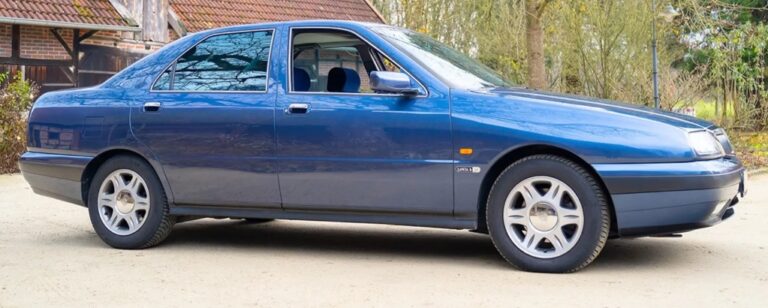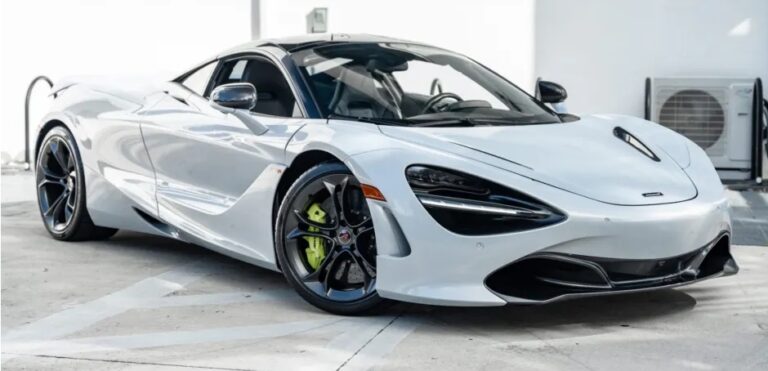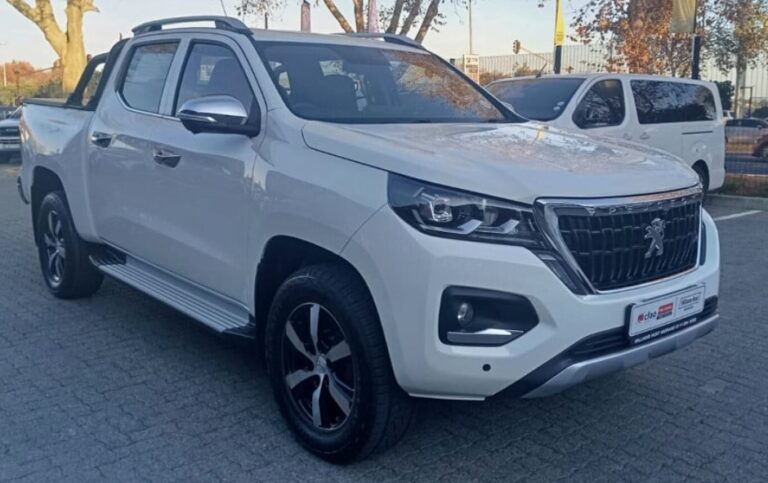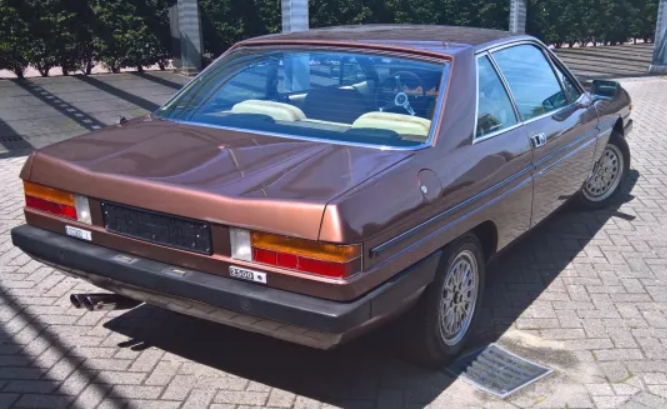The Evolution of the BMW 1 Series: 116 118 120 123 125 135 140
The BMW 1 Series stands as a testament to the automaker’s dedication to sporty, compact luxury vehicles. Since its inception in 2004, the 1 Series has undergone significant evolution, reflecting advances in automotive technology, shifting consumer preferences, and BMW’s commitment to performance and quality. This article provides an in-depth look at the history, models, and trim levels of the BMW 1 Series from its debut to the present.
First Generation (E87): 2004–2011
Introduction and Development
The BMW 1 Series first launched in 2004 as a successor to the BMW 3 Series Compact, marking BMW’s return to the compact hatchback segment with a dedicated model. The E87 was built on the BMW N41 and N42 chassis, sharing components with other BMW models but distinct in its focus on sporty driving dynamics.
Body Styles and Variants
Initially offered as a three-door hatchback, the first-generation 1 Series expanded in 2007 to include a five-door hatchback. A coupe (E82) and convertible (E88) followed in 2007, completing the lineup:
- Three-door hatchback (E87)
- Five-door hatchback (E87)
- Coupe (E82)
- Convertible (E88)
Engine Options and Trim Levels
The first-generation 1 Series was offered with a variety of petrol and diesel engines:
Petrol Engines:
- 116i: 1.6L I4 (115 hp)
- 118i: 2.0L I4 (143 hp)
- 120i: 2.0L I4 (170 hp)
- 125i: 3.0L I6 (218 hp, later 265 hp in M Sport trims)
- 135i: 3.0L twin-turbo I6 (300 hp)
Diesel Engines:
- 116d: 2.0L I4 (115 hp)
- 118d: 2.0L I4 (143 hp)
- 120d: 2.0L I4 (177 hp)
- 123d: 2.0L I4 (204 hp)
Trim Levels and Packages:
- SE: Base trim offering essential luxury and comfort.
- Sport: Added sporty accents, larger wheels, and sport-focused suspension.
- M Sport: Featured sportier styling, suspension, and interior enhancements.
- M Models (e.g., 135i, 1M Coupe): High-performance variants with significant power upgrades.
The M Coupe (E82) and M Convertible (E88) were high-performance models emphasizing BMW’s M division’s engineering, producing up to 340 hp in the 1M Coupe (limited edition).
Second Generation (F20/F21): 2011–2019
Introduction and Platform
Unveiled at the 2011 Frankfurt Motor Show, the second-generation 1 Series adopted BMW’s UKL platform, shared with other small BMW models like the MINI. The F20 (hatchback) and F21 (five-door) featured a more refined design, improved technology, and increased interior space.
Body Styles and Variants
- Three-door hatchback (F20)
- Five-door hatchback (F21)
- M135i/M140i: Performance hatchbacks
- M Coupe (F22) and M Convertible (F23): High-performance variants
Engine Lineup
The second generation saw the introduction of turbocharged engines across the range:
Petrol Engines:
- 116i: 1.6L I4 turbo (136 hp)
- 118i: 1.5L I3 turbo (102 hp in early models; later 1.5L I3 turbo with 136 hp)
- 120i: 1.5L I3 turbo (est. 136 hp)
- 125i: 3.0L I6 turbo (218 hp)
- M135i / M140i: 3.0L turbo I6 (320 hp in M135i, 340 hp in M140i)
Diesel Engines:
- 116d: 1.6L I4 turbo (116 hp)
- 118d: 2.0L I4 turbo (143 hp)
- 120d: 2.0L I4 turbo (184 hp)
- 125d: 3.0L I6 turbo (218 hp)
Special Editions and Trim Levels
Trim levels generally included:
- SE: Standard equipment with comfort features.
- Sport Line: Sportier styling cues and interior.
- M Sport: Advanced handling, sport seats, sporty styling.
- M Models: High-performance variants, notably the M135i and M140i, with sporty suspensions and aggressive styling.
Performance Models
The BMW M135i (2012–2019) was notable for its 1 Series lineup:
- Powered by a 3.0L turbocharged I6 producing 320 hp.
- 0-60 mph in about 4.9 seconds.
- M Sport suspension, sportier styling, and performance-focused features.
Later, the M140i replaced the M135i in 2016, with increased power (340 hp) and refined dynamics.
Third Generation (F40): 2019–Present
Introduction and Platform
Announced in 2019, the F40 generation marked a significant departure, introducing a front-wheel-drive-based platform shared with MINI. Despite this, BMW maintained sporty dynamics and refined styling.
Body Styles and Variants
- Three-door hatchback (F40)
- Five-door hatchback (F40)
- M35i: The performance variant
The coupe and convertible models were discontinued; the focus shifted primarily to hatchbacks.
Engine Lineup
The third-generation 1 Series features turbocharged three- and four-cylinder engines:
Petrol Engines:
- 118i: 1.5L I3 turbo (138 hp)
- 120i: 2.0L I4 turbo (178 hp)
- M135i xDrive: 2.0L turbo I4 (302 hp)
Diesel Engines:
- 116d: 1.5L I3 turbo (115 hp)
- 118d: 2.0L I4 turbo (150 hp)
- 120d: 2.0L I4 turbo (190 hp)
Performance:
- The M135i xDrive is the flagship, featuring all-wheel-drive, sport-tuned suspension, and 302 hp.
Trim Levels and Features
Trim distinctions remain similar:
- Standard: Base features focused on comfort and technology.
- Sport: Additional styling and handling features.
- M Sport: Sportier exterior and interior details.
- M Models: The M135i xDrive continues to epitomize the high-performance variant.
.
RepairSurge Online Repair Manuals Replace Bulky Books With Reliable Digital Information!
Faster And Cheaper Than Traditional Printed Manuals, Users Get Instant Access To The Repair Information They Need For Any Car, Truck, Van or SUV:
.
Summary of Evolution
Over nearly two decades, the BMW 1 Series has evolved from a compact, rear-wheel-drive hatchback with a focus on sporty dynamics to a modern, front-wheel-drive-based premium hatch that emphasizes technology, efficiency, and performance. Each generation has introduced technological innovations, expanded engine options, and refined styling to meet changing market demands.
Key Highlights:
- 2004–2011 (E87): Rear-wheel drive, sporty hatchbacks, coupe, and convertible models, with high-performance M models.
- 2011–2019 (F20/F21): Introduction of turbocharged engines, the M135i/M140i, and increased interior refinement.
- 2019–Present (F40): Shift to front-wheel drive architecture, turbocharged three- and four-cylinder engines, with the M135i xDrive as a flagship.
Conclusion
The BMW 1 Series has solidified its position as a versatile, sporty, and premium compact vehicle. Its evolution reflects BMW’s commitment to blending performance with practicality, continuously adapting to technological advancements. Whether as a sporty M model or a practical everyday hatchback, the 1 Series remains an important pillar in BMW’s lineup, balancing driving pleasure with modern innovations.


